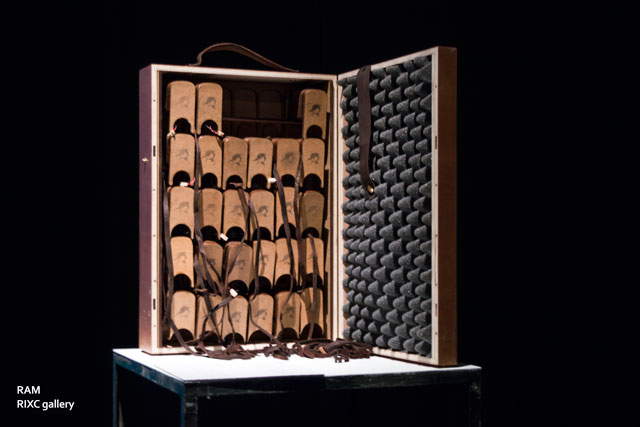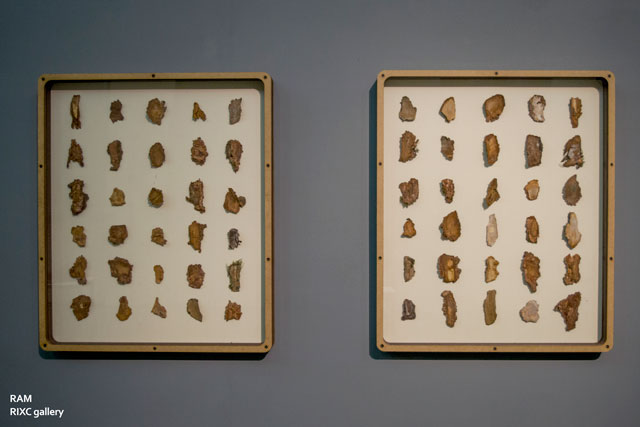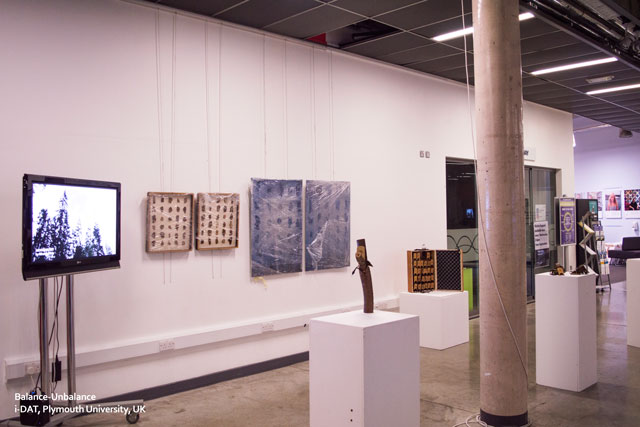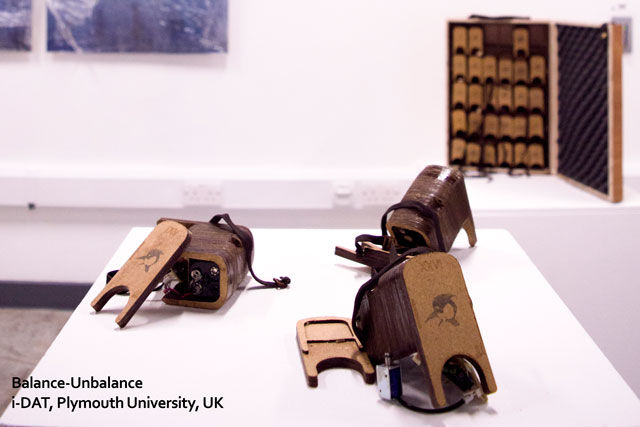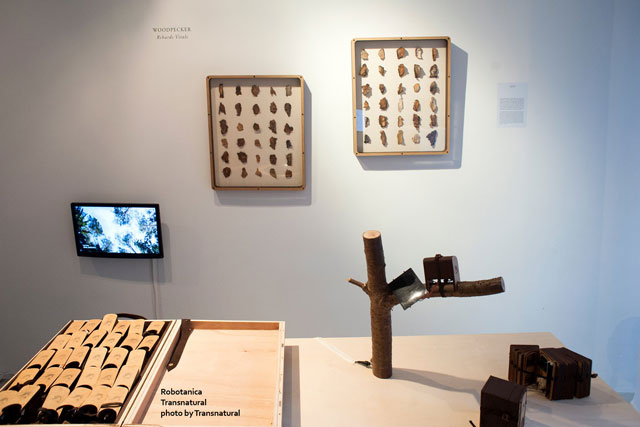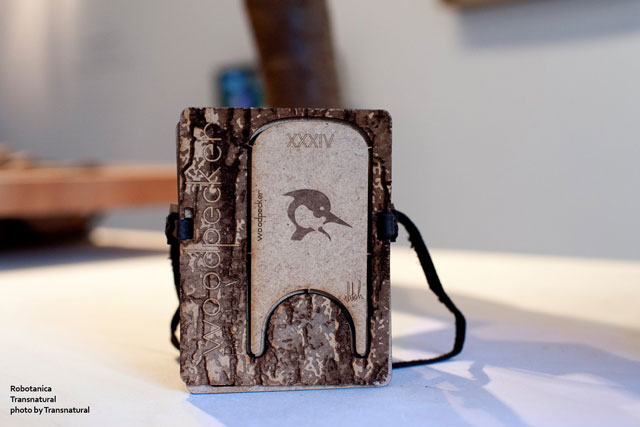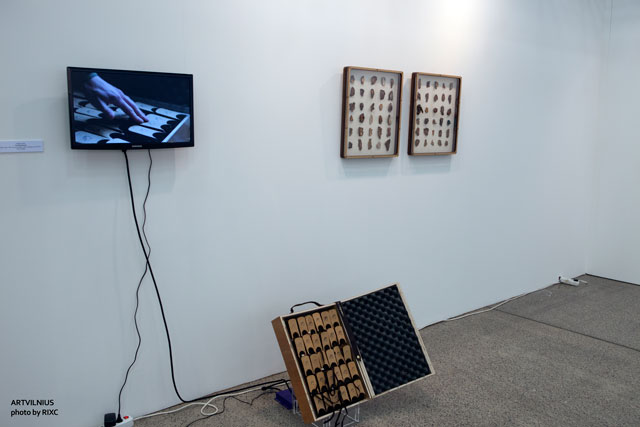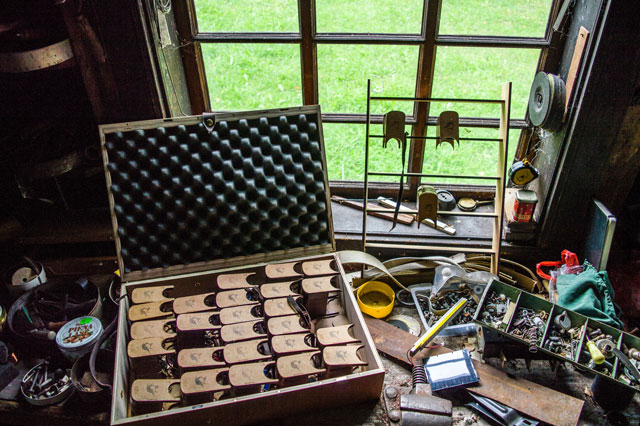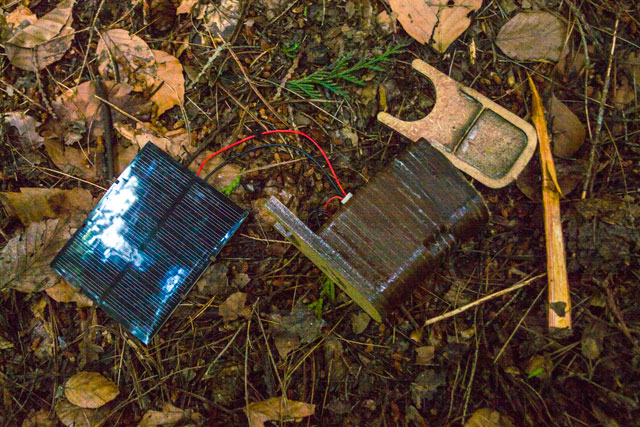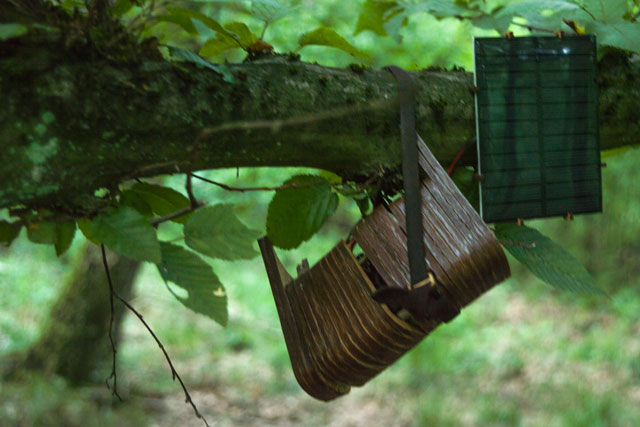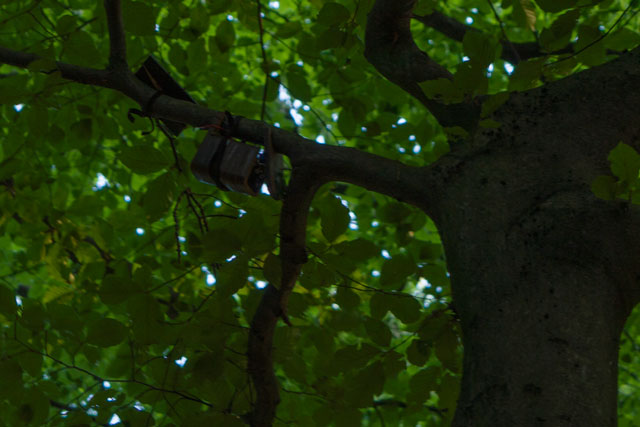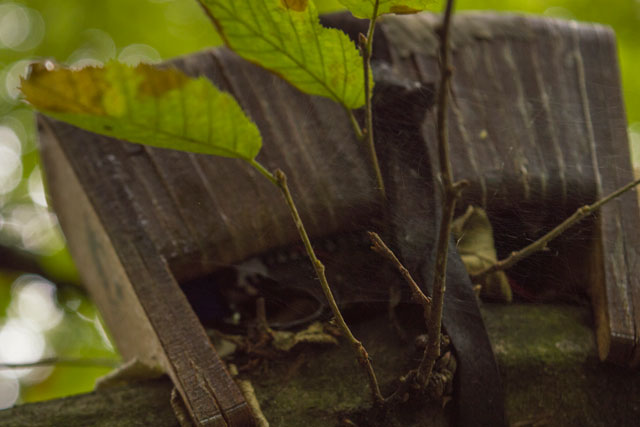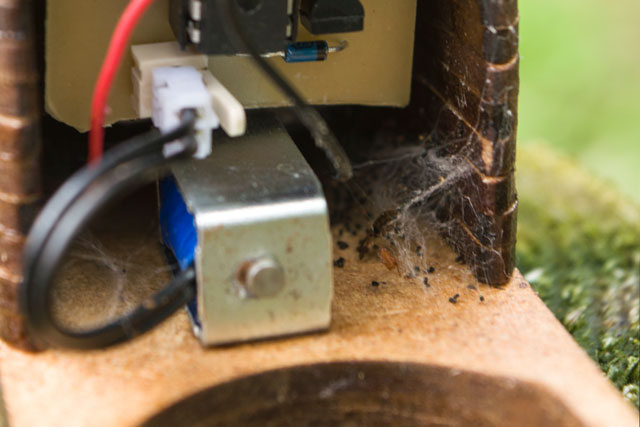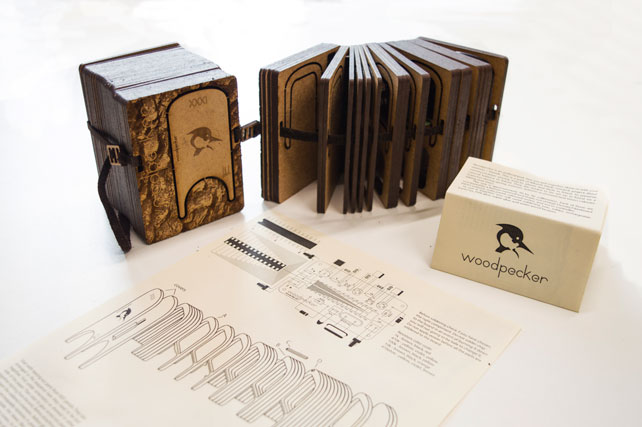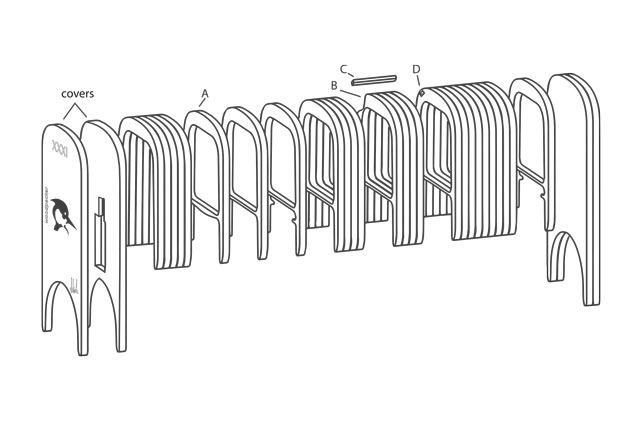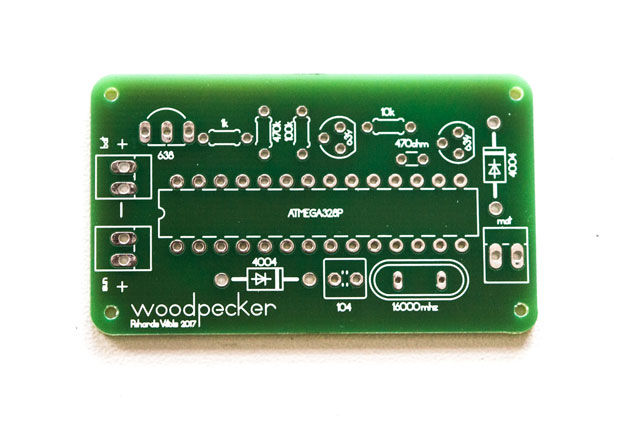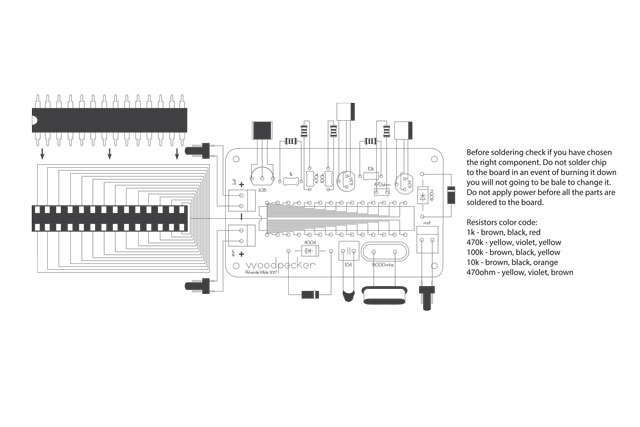Woodpecker
2016
In my ongoing research, I am investigating the feasibility of substituting certain bird species with artificial counterparts. This exploration is motivated by concerns regarding potential significant declines in bird populations in the near future. The idea is to assess whether artificial birds could serve as a viable alternative to help maintain the natural balance within forest ecosystems. While this concept may initially seem speculative, it is rooted in scientific studies concerning insect-eating plants, as well as the potential consequences of bird species extinction and their implications for forest ecosystems.
In 1987, scientists William J. Mattson and Robert A. Haack, in their paper titled “The Role of Drought in Outbreaks of Plant-eating Insects,” proposed that insects have the ability to detect sound emissions produced by trees. They suggested that these sounds could help insects determine whether a tree is suitable for them. The sound emissions occur during the cavitation process, which is the movement of water from the ground to the branches. During periods of drought, there are fewer sound emissions, which can contribute to outbreaks of plant-eating fungi and insects, particularly bark beetles and leaf feeders.
According to the World Wide Fund, bird populations are projected to experience a significant decline in the near future. This decline in bird populations can lead to a proliferation of insect populations, with the most voracious plant-eating insects gradually damaging our forests. Consequently, this could result in a sharp reduction in the planet’s production of fresh air.
Motivated by the insights from these two research papers, I embarked on an intriguing experiment to investigate the potential of artificial bird species in deterring plant-eating insects and maintaining ecological balance in a forest. In 2016, I installed a total of 30 custom-made woodpeckers in a forest near Dusseldorf. Over the course of a month, I regularly visited the forest, meticulously documented the condition of these artificial woodpeckers, and closely observed the interactions between these creations and the forest’s inhabitants.
During this period, I encountered some interesting outcomes. Unfortunately, three of my artificial woodpeckers suffered damage. One of them appeared to have been attacked, possibly by a squirrel, as it was found destroyed near a tree with scattered nut shells. The second one was discovered upside down, hanging on a tree. I had intentionally placed it near a tree with a bird’s nest to observe potential interactions. The third artificial woodpecker met its demise due to a storm, causing it to break apart and hang from a branch. Retrieving this damaged creation was an emotional experience, as it still retained its functionality, and the sight of the damaged woodpecker evoked a sense of an injured animal struggling.
To conclude this phase of my research, which concluded in 2017, I have developed a special offering: 10 limited edition DIY kits for creating your own artificial Woodpecker. Each kit includes a pop-out puzzle that forms the body of the woodpecker. Inside, you will find all the necessary components along with detailed instructions on how to assemble your very own woodpecker. The only additional items you will need to purchase separately are a battery and a soldering iron.
Exhibitions
– 2019 28 May – 2021. 28. May, MAK – Museum of Applied Arts, Vienna, Design Lab, AT
– 2018 7 June – 14 September, “Jak lesy myslí / V houštině vztahů”, OGV gallery, Jihlava, CZ
– 2018 1. – 15 June, “Robotonica”, Amsterdam Tolhuistuin, NL
– 2018 20 May – 8 June, “Machine Wilderness”, Amsterdam Amstelpark Glazen Huis, NL
– 2017 21. – 29 October, “Dutch Design Week”, Eindhoven, NL
– 2017 17 September – 2018. 18 May, “Robotanica”, Gallery Amsterdam, Amsterdam, NL
– 2017 21. – 23 August, “Balance Unbalance”, Plymouth, UK
– 2017 8. – 11 June, “ArtVilnius” Art Fair, Vilnius, LT
– 2016 17 October – 6 November, “Higienisti”, Liepaja Museum, Liepaja, LV
-2016 18 August – 4 September, “RAM”, RIXC gallery, Riga, LV
